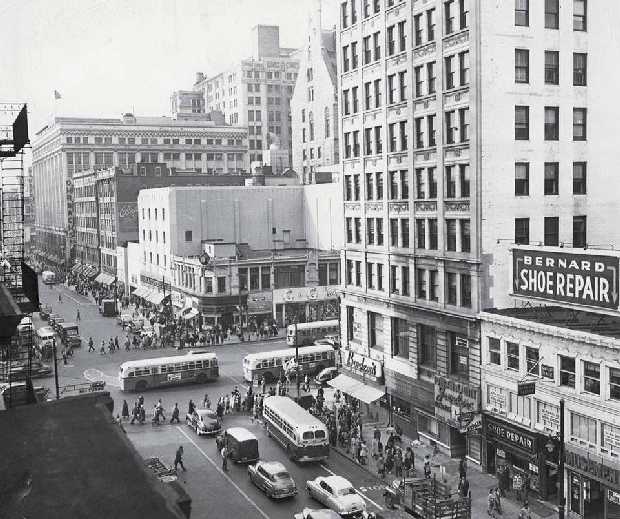Primary tabs
The Roots of the New Urban Crisis
In an excerpt from his new book, Richard Florida warns of “the central crisis of our times”—the growing cleavage between superstar cities and those left behind.
Updated: April 10, 2017
Editor’s Note: Listen to Richard Florida discuss The New Urban Crisis on NPR’s Morning Edition.
Cities, it seems, are imprinted in my DNA. I was born in Newark, New Jersey, in 1957, back when it was a thriving city, bustling with iconic department stores, morning and evening newspapers, libraries and museums, a busy downtown, and a large middle class. My parents, like millions of other Americans, moved to the suburbs when I was a toddler. They chose the small town of North Arlington, about a fifteen-minute drive from Newark. They did so, as they often reminded me, because of the good schools the town offered, particularly the Catholic school, Queen of Peace, which they believed would prepare my brother and me for college, putting us on a path to a better life. Even though we had moved out of Newark, we still visited the old neighborhood on most Sundays, joining my grandmother and the rest of the family who still lived there for large Italian suppers.
Then, one hot July day in 1967, when I was nine years old, I saw the city overtaken by turmoil. As my father drove us into the city, the air grew thick with smoke: Newark was engulfed in its infamous riots, and police, National Guardsmen, and military vehicles lined its streets. Eventually, a policeman flagged us down to warn us about “snipers.” As my father anxiously turned the car around, he instructed me to lie down on the floor for safety.
Click Here to read the full article.
























